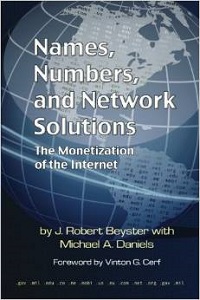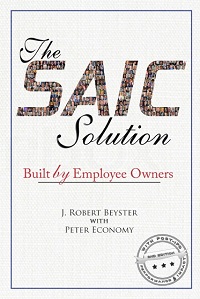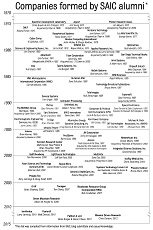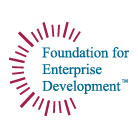I was at a CONNECT/MIT Enterprise Forum conference last night with Mary Ann Beyster, where the topic of discussion was “the next big thing.” CONNECT was established at the University of San Diego in 1985. It is a San Diego-based organization that endeavors to bring together local entrepreneurs with early money investors and venture capital people. The responses were received in several categories: communications, medical research, health care information systems, Internet convergence, etc. Each of these categories had its own proponents for what would be the next big thing.
There were some futuristic thoughts in the medical research arena, including having a device that you would wear on your head that would permit sensing where in your body you were having trouble medically. In the area of convergence in the communications area, there are a number of alternatives — some of which are innovative. You can, as Vonage and other suppliers do, use the existing phone system and transition to the Internet for long-distance and foreign communications. On the other hand, using an IP or SIP phone or your personal computer, such as the offerings from Skype, you’re now able to communicate totally over the Internet.
My personal point of view is that the convergence of wireless Internet connections into all aspects of our business and personal lives is going to be the next big thing. When your laptop computer, your TiVo, your mobile phone, your kid’s Nintendo Wii videogame, your car, and your refrigerator are all talking to one another over the Internet — wirelessly — you know that something big is going on. What do you think the next big thing is?
Click on the comments link to share your thoughts.
- Bob
Here are my responses to previous weeks’ comments:
Jim Russell (Week 34): The book is at the printers now, so it should be available around March 19 at the bookstores. Mary Ann, Betty, and I will be in Washington shortly thereafter for book signings. Later on, we plan to travel to Barcelona with Ralph and Holly, and from there to Valencia to watch the America’s Cup. I’m really looking forward to that. Congratulations on your award. I would imagine you are one of the few SAIC employees who has received a 35-year plaque. I didn’t get one.
Dr. Karron (Week 33): Bill Grossman has been a good friend of mine for a number of years now. I suspect he’s still in Washington, although he’s probably spending some time in Germany. Adam Drobot would probably know how to reach Bill Grossman. You can reach Adam at Telcordia Technology which is located in Piscataway, New Jersey. I hope this helps you.





The computers will be able to read each other’s mind before we can. Kind of scary. I hope that we can get ahead of this curve. Though there are some minds, I probably wouldn’t want to read.
I agree with you, if we can achieve comparable communication speeds, there shouldn’t be much need for wires.
I’m curious about the impact of the wireless global networks on developing countries. We see that third world countries have good cell networks and very poor traditional phone systems. I hear this because the cost of standing up a cell phone network is much lower than a traditional phone system. That makes sense to me. All that digging, pulling, and building cost a lot. I believe the same economic argument can be made for deploying high-speed wireless computer networks instead of traditional computer networks. Won’t this mean (perhaps it already means) that third world countries can have ubiquitous and modern computer networks almost overnight. If so, what impact will this have on these countries and the rest of the world?
The more mainstream view of convergence–that of home electronic devices, especially in the entertainment realm–communicating, even wirelessly, over the internet ignores much larger and more meaningful issues of convergence on the horizon.
I know from my current work with SAIC that the large power utilities are moving more of their SCADA device data over TCP/IP networks, and they are also moving towards datamining activities using all the information they are collecting. That means that the power company will be able to collect and assess not just when people are home or not home, but exactly which devices in the home are operating at any time of the day. They could then use that information to set rates on usage patterns, much as they do already for “peak hours” in parts of the country.
Most people get nervous when they hear of the federal government conducting datamining activities, but I would be more nervous of a privately-held entity and how they plan to use their datamining to set electric and natural gas rates. This issue clearly hasn’t made the national news yet, so I think most people are simply unaware of this trend in the field of convergence.